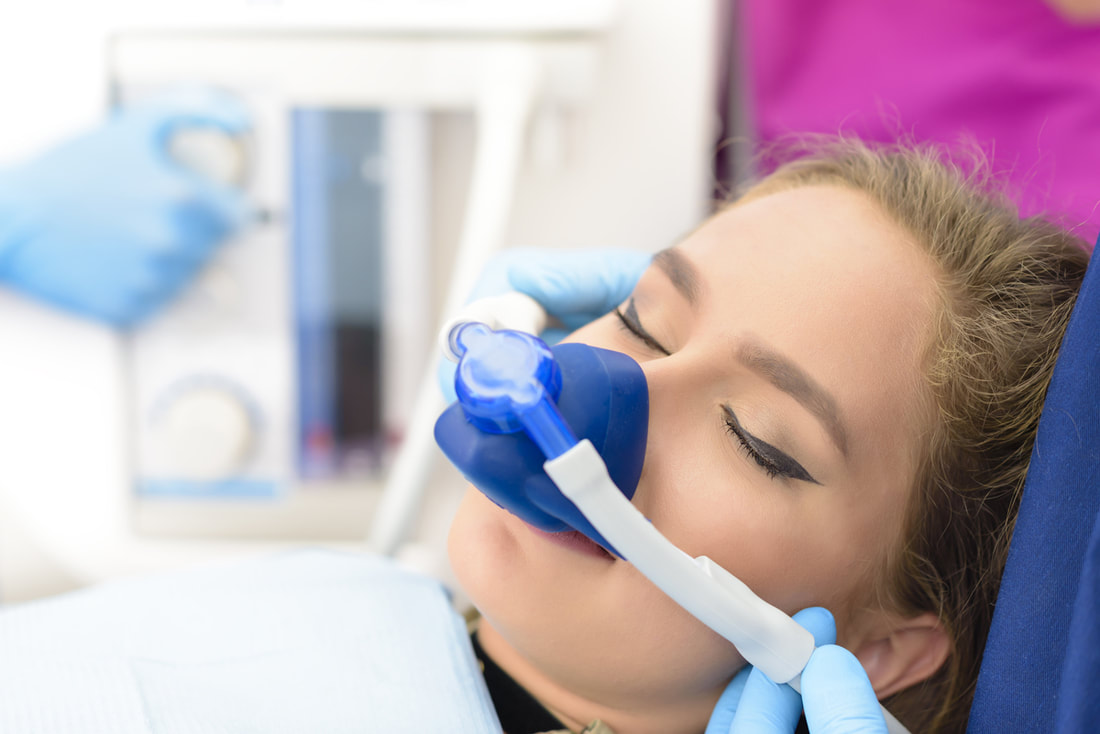About Sedation Dentistry
Rather than avoiding a needed periodontal procedure, such as root scaling and planing, gum graft surgery, gum flap surgery, or the minimally invasive pinhole gum graft technique, consider how conscious sedation can make the experience much easier.
Note that sedation is not the same as anesthetic. You will still need a local anesthetic to numb the immediate area affected by the operation. Sedation, however, will help you relax and cause you to be virtually unaware that the operation is occurring.
Sedation will not put you to sleep or make you unconscious. You will still be able to answer questions your periodontist may ask. You simply will be unaware of pain.
In the past, intravenous sedation was the norm. But today, oral sedation is more common. However, you may also simply take a pill that will initiate the sedation within minutes of ingestion.
The benefits of sedation dentistry include:
- Calming of “dental anxiety.”
- The procedure will feel like it took only a few minutes.
- Some procedures can be done in one sitting instead of multiple visits because of sedation dentistry.
- Knowing you will barely be aware of the operation will encourage you to see your dentist/periodontist to improve your dental or periodontal health.
Safety and Sedation
Be sure your dental practitioner is fully trained to perform sedation dentistry and that he/she has all the necessary equipment and plenty of experience.
Your dentist should monitor your vital signs during the sedation and should check your medical history and what medications (if any) you are taking. Negative reactions to sedation are extremely rare, but your dentist should still be ready to act with oxygen equipment and reversal medications just in case.
You will also need to arrange for a friend to drive you home after the procedure. The sedative should wear off within an hour or so, but you’ll want someone available to look after you until it does.
Why Choose Sedation for Periodontal Procedures?
Given that certain periodontal procedures involve taking tissue from your palate or other part of your inner mouth and grafting it into your gum line, local anesthetic is a must. Sedation can help to further alleviate pain and calm your fears.
Some periodontal procedures will involve cutting, folding, or stretching of gum tissue. And your periodontist may also need to scrape built-up plaque deposits off of your tooth roots.
Laser periodontal surgery is already minimally painful. But even here, you may have some anxiety.
If you are preparing for dental implants with bone graft surgery, your gum tissue will have to be operated on as well. And this is yet another situation where sedation dentistry makes sense.
Also remember that if you are overly anxious in the dental chair, it can affect the ability of your dentist to work quickly. To ensure safety, he/she would have to slow down a little if you are constantly threatening to make “sudden moves” during the operation.
To learn more about the benefits of sedation dentistry for periodontal surgery, in Ormond Beach, FL, contact periodontist Dr. Raymond A. Kenzik today.
